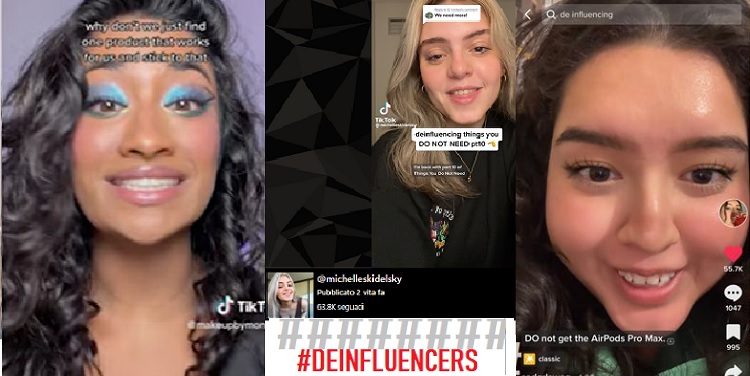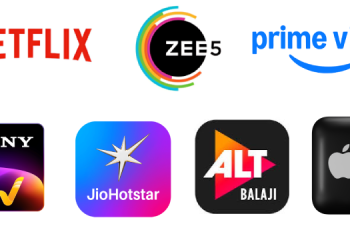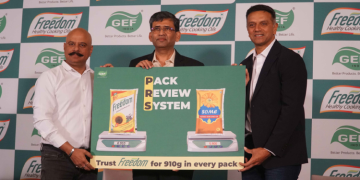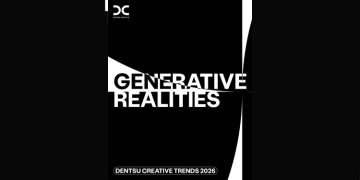Buy, buy, buy. That’s what influencers have said all along. Some of them on TikTok in the UK are now saying why viewers should not buy certain products and viewers are buying into the idea. They are also picking on products being promoted by other ‘influencers’ and being made viral. The trend is called de-influencing and some industry watchers say it’s about time.
With the ‘influencer era’ kicking in, consumers want to hop onto every possible trending product bandwagon to a point where they had clearly forgotten the difference between what they ‘want’ and what they ‘need.’ But there is such a thing called fatigue.
On the other hand, as the hold of influencers continues to grow, consumer trust has somewhere taken a hit.
To deal with the fatigue and enable authenticity, perhaps, influencers have adopted ‘de-influencing’ where they are now telling people what to not buy and what not to do.
We asked stakeholders: With false positive reviews by some influencers, has trust actually taken a hit? Could de-influencing help influencers reclaim authenticity among consumers?

In conversation with Medianews4u.com, Ankit Agarwal, Founder of influencer marketing company Do Your Thng, says, ”Trust has eroded because there is a brand of perceptive creators (regular people with a genuine love for a brand) who are putting authenticity and credibility at the forefront. They are exposing influencers who have been incentivised to promote a product. But here’s the thing – it is not enough to undermine the credibility of influencer marketing as a whole and reduce brand collaboration. There will be some toning down, but in the long run, we’ll see influencer marketing going back to its roots: reliable and honest recommendations with a more transparent relationship between influencers and their communities. All in all, the trend will encourage consumers to question influencer endorsements and make purchases based on first-hand research and personal preferences.”

Delving into consumer trust, ad and media veteran Mandeep Malhotra, now an entrepreneur with multiple interests including the influencer space, notes, “Humans are far more simpler than we make them out to be in our presentations. We get influenced easily and build trust with people we give time to, know or unknown.”
While word-of-mouth content has ‘surely lost trust,’ he adds, “I strongly feel taking the higher stance makes the influencer more believable and authenticates their existence. Instead of de-influencing , just own up to the mistake. And move on in life with a promise not to make the same mistake ever.”

Karan Rajpal, Marketing Director at EnableX, a communications SaaS company, observes, “De-influencing is Instagrammers trying to increase what they can be ‘trusted’ for – not just what may be right for you, but what’s wrong for you. It then becomes easier for them to position other products as better.”
He points to some shifts in the influencer space. “While haul reviews have been common in the past, influencers had moved to reviewing individual products (for payment or otherwise). Now, with #ProductsIregretBuying, they’re going back to a variety of products in a single review- to make sure they don’t antagonise brands. In many of the videos, sound effects are applied so brand names aren’t fully understood. Thirdly, the trend seems to be spreading more among tier 2 and 3 influencers, who have less to lose?”
Adding that the de-influencer trend is now limited to skin and beauty care sectors abroad and in India, he surmises, “India’s influencer ecosystem is still borrowing heavily from the commercial, make-believe parts of western consumerism, and we’re not fully ready for authenticity that works.”
On one hand while ‘de-influencing’ could possibly bring back trust, on the other there are speculations that the trend might go overboard and be used as a weapon by competitors.
Agarwal explains, “Rather than being viewed as a threat, de-influencing should be seen as a unique opportunity for brands to forge sincere connections with their audience and receive honest feedback. It presents a chance for marketers to re-evaluate their marketing strategies, communicate openly with their customers, and foster deeper relationships. Moreover, it’s worth nothing that even controversy within the de-influencing movement can be a valuable tool for brands. As the saying goes, there’s no such thing as bad publicity. Any discussion surrounding a brand, even if it falls under the umbrella of “de-influencing” can generate buzz and raise brand awareness. With the right messaging and approach, companies can use controversy to their advantage and gain even more traction within their target market.”

















